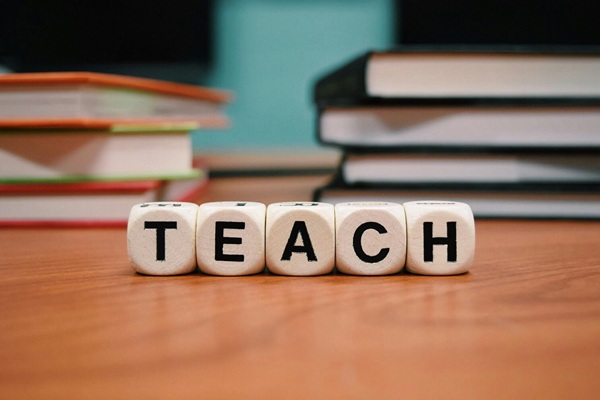Fresh approaches to literacy teaching

These Erasmus+ good practice projects show the need for inclusive, competence-based approaches to developing literacy. They underline the importance of community engagement, specialised learning and extracurricular activities to nurturing a love for reading and learning.
Each brings a different approach to literacy teaching:
- empowering educators with modern resources to make reading instruction more impactful
- building connections between pupils through shared reading interests
- supporting pupils with learning difficulties with specialised strategies and tools
- the importance of non-formal learning environments to developing essential language competencies
Connecting through shared interests to develop a love of reading
The ReadTwinning project responded to the growing concern over declining reading literacy in Europe, particularly among disadvantaged and migrant children. It aimed to reignite a love for reading by connecting school-based reading with pupils' personal interests and social interactions.
Using small, interest-based reading groups (‘reading tandems’) and digital tools to support collaborative reading and discussion, the project fostered communities of ‘connected readers’ and ‘connected teachers’. It also emphasised the importance of involving families, particularly during school closures, by providing resources for home-based reading activities.
The project’s outcomes included the development of guidelines providing a methodological framework to implement the approach.
Specialised strategies and tools for pupils with learning difficulties
The Solution4SLD project aimed to address the specific literacy challenges faced by children with specific learning disabilities (SLD). The project partners in Lithuania, Malta and Bulgaria identified two key issues:
- many children with SLD are not fully integrated into mainstream education
- most teachers lack sufficient knowledge and training about SLD, including effective teaching methods and strategies to support these pupils.
To address this gap, Solution4SLD developed two key outputs: a digital handbook for teachers, which provides a theoretical and methodological guide on recognising and supporting pupils with specific learning disabilities (particularly those with reading and writing challenges), and an e-learning platform that offers 72 templates and worksheets, including 18 interactive tasks.
These resources are designed to help children develop cognitive, language and reading skills while providing teachers with practical tools to support their pupils' learning needs.
Teaching strategies for critical literacy needs
Reading plays a crucial role in developing aesthetic sensitivity, intellectual growth, communication skills, critical thinking, memory, attention and social development. But the Effective teaching strategies for reading in pupils project found that readership levels in their partner countries (Lithuania, Latvia, Poland) are significantly lower than in some other EU countries. The project aimed to promote pupil literacy by improving the effectiveness of reading education in schools and broader community involvement across partner regions and countries.
It helped increase literacy among the pupils of the partnership schools, with special attention paid to children from generally non-reading families. The results include:
- A collection of strategies for literacy education
- Open education resources
- Recommendations for local and state authorities
A central part of the project is the professional development of 50 participants from the partner organisations. These teachers are equipped to improve their literacy education, design effective curricula and influence others within and beyond their schools.
Literacy outside of school
Extracurricular activities can provide pupils with real-world opportunities to use language creatively and meaningfully. In North Macedonia, education reforms have largely overlooked these opportunities – even as pupil performance in literacy has declined, as shown by national and international assessments.
The Improving literacy and learning other languages project focused on extracurricular activities for primary school pupils to develop their knowledge, skills and attitudes. It built on the idea that developing strong language and literacy skills (mother tongue and other languages) requires more than formal classroom teaching, so aimed to combine regular teaching with fun and meaningful extracurricular activities.
The project’s main goal was to create a balanced education system where literacy development happens not only through structured lessons, but also through school clubs, pupil projects and peer collaboration. It supported teachers with training, guidelines and examples of good practice to integrate literacy into a wider range of school activities.
eTwinning provides more inspiration
For more projects that may be useful to your teaching practice, see how eTwinning helps teachers to integrate verbal and digital literacy into their projects and to instil a passion for reading in their pupils.
Additional information
-
Education type:Early Childhood Education and CareSchool Education
-
Evidence:N/A
-
Funding source:European Commission
-
Intervention level:N/A
-
Intervention intensity:N/A
-
Participating countries:BulgariaCyprusItalyLatviaLithuaniaMaltaNorth MacedoniaPolandPortugalRomaniaUnited Kingdom
-
Target audience:TeacherStudent TeacherHead Teacher / PrincipalLibrarianPedagogical AdviserTeacher EducatorResearcher
-
Target audience ISCED:Early childhood education (ISCED 0)Primary education (ISCED 1)Lower secondary education (ISCED 2)
